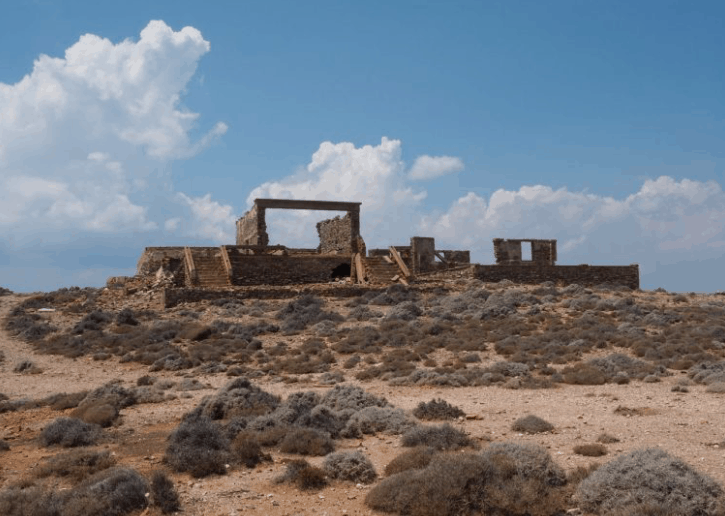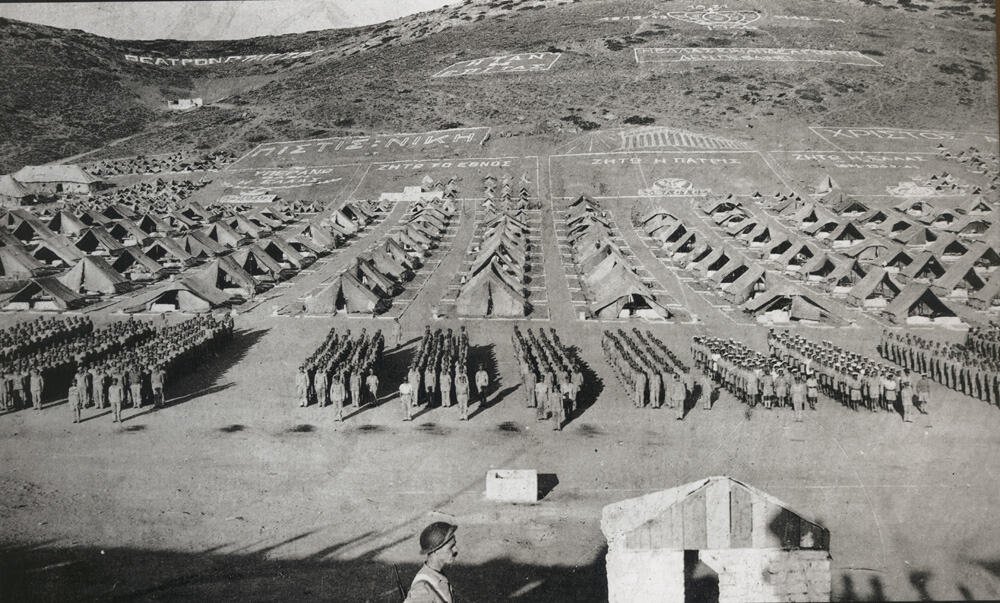
Makronissos an island in the Aegean Sea, notorious for being a political prison from the 1940s to the 1970s, has been declared an archaeological site by a unanimous decision of the Central Archaeological Council.
The recommendation was made by the Cyclades Antiquities Ephorate that has been conducting excavations on and around the island over the last few years.
According to a Culture Tourism announcement on Thursday, “Makronissos, already known as the site of tragic moments of modern Greek history, has been protected by the Greek state since 1989.

"Makronissos, already known as the site of tragic moments of modern Greek history has been protected by the Greek state since 1989. It was declared a historic site and the remains of the camps where the exiles were housed were declared protected buildings. However, following extended excavations conducted by the Ephorate of Underwater Antiquities in the area of Makronissos, five ancient shipwrecks dating back to the mid-Hellenistic and the post-Roman era were discovered," said the Ministry.
The first traces of human presence on Markronissos date back to 4,000 BC while the first settlement was founded at the location Provata, in the west part of the island, during the early Bronze Age.
The Ministry also added, "The many different archaeological finds and locations spread all over the island, both in its interior and along its shores, is something that is linked to the island's rich supply of metals and also with its crucial geographic position in the Aegean."
In ancient times the island was called Helena. It is part of the prefecture of the Cyclades, but it is not part of that island chain. Administratively, it is part of the municipality of Kea.
The islands are uninhabited. However, from the time of the Greek Civil War up until the restoration of democracy following the collapse of the Regime of the Colonels, they were used as places of imprisonment for the Greek communists, hosting hundreds of prisoners. Because of its history, it is considered as a monument of the civil war era; therefore, the island itself and the original structures on it are protected from alterations.
